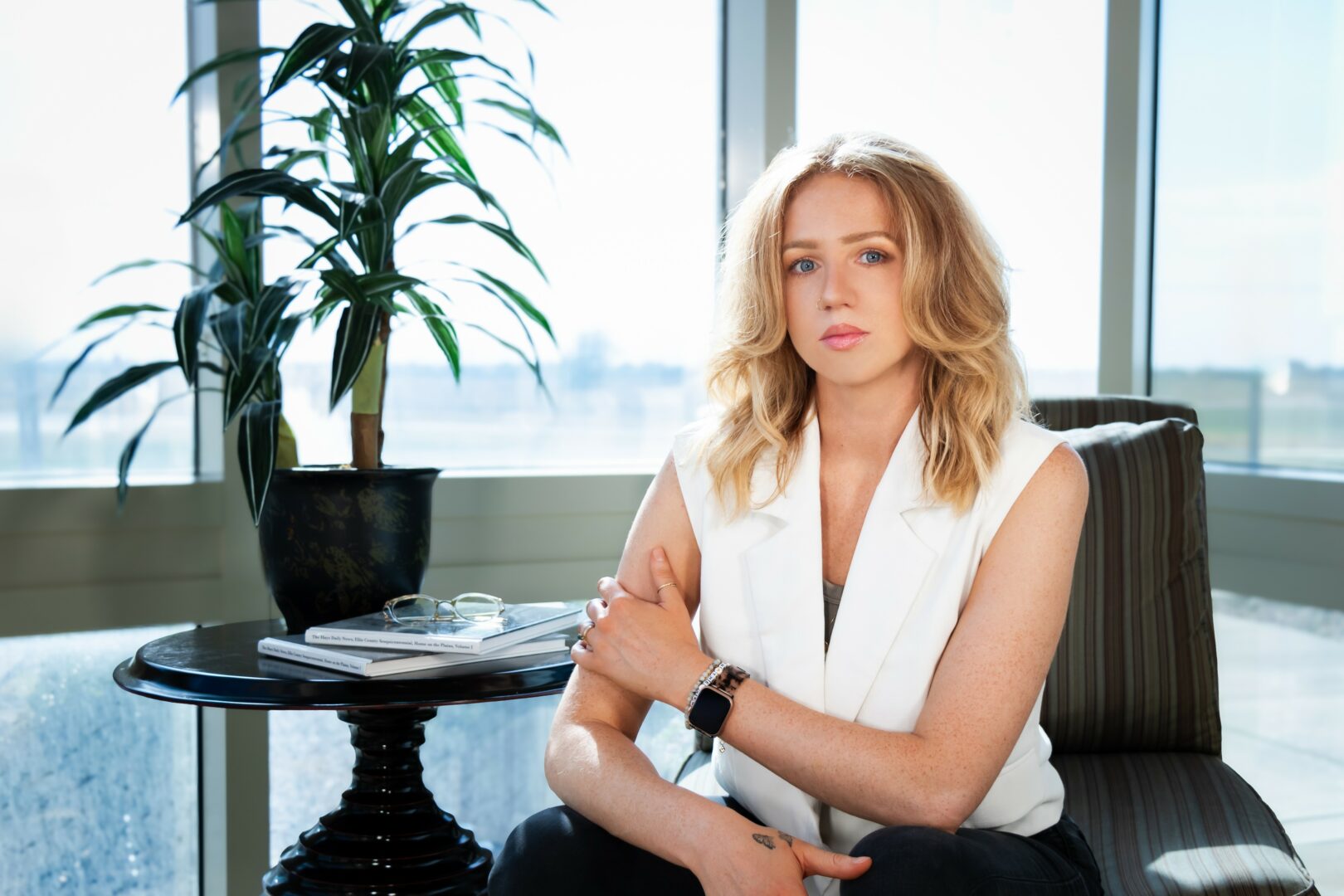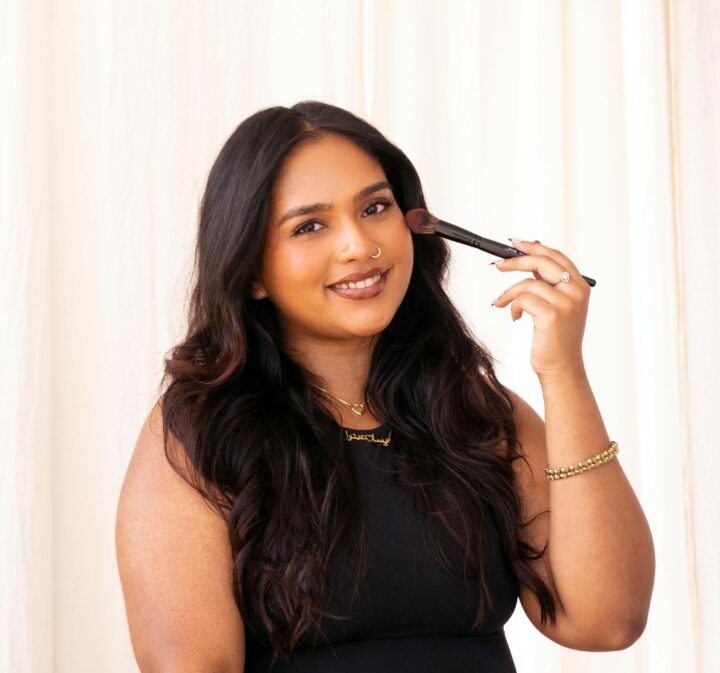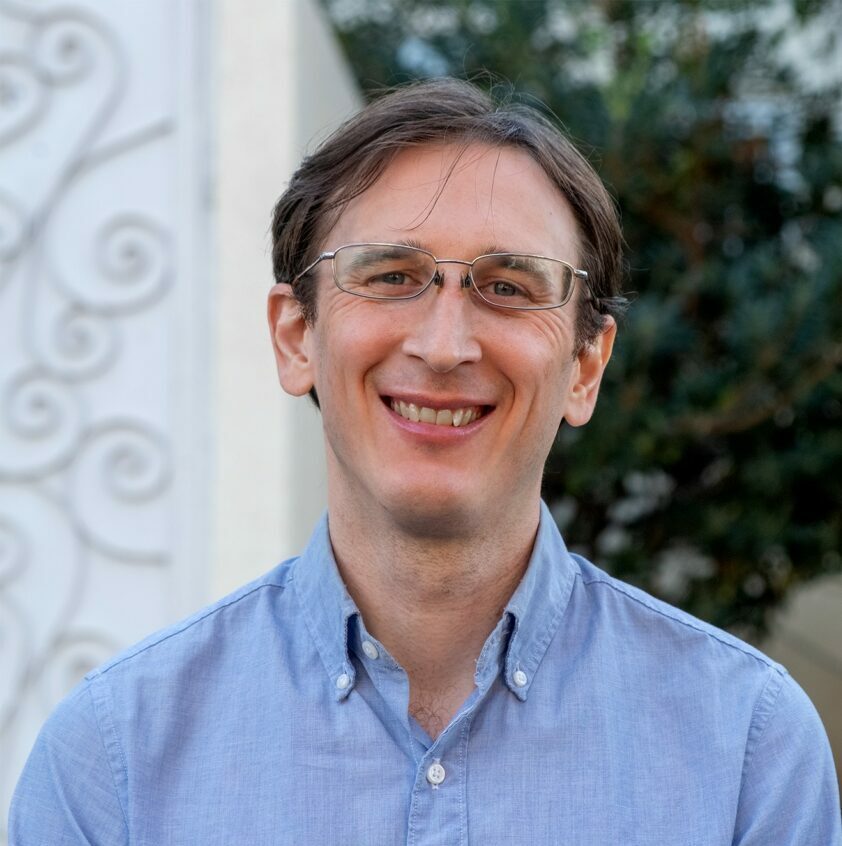Alright – so today we’ve got the honor of introducing you to Christine Mace. We think you’ll enjoy our conversation, we’ve shared it below.
Christine, thank you so much for taking the time to share your lessons learned with us and we’re sure your wisdom will help many. So, one question that comes up often and that we’re hoping you can shed some light on is keeping creativity alive over long stretches – how do you keep your creativity alive?
It’s literally impossible to not be creative when you live in New York City. When I first delved into photography, I knew I wanted to focus on capturing moments in black and white. What fascinates me about capturing moments on the street is the endless array of photographable scenes the moment you step out your front door. The city is always changing. The light is always changing. Making it impossible not to tap into a creative space when authentic moments of everyday life are at your fingertips.
The allure of black and white photography lies in the freedom from the distraction of color. This allows me to concentrate on the interplay of lighting, the chosen subject, the image’s quality, and the emotional response it evokes. Using a Fujifilm X100V, a compact camera that feels like an extension of my eye, I aim to be an observer—a fly on the wall. Because of the way I shoot, I can easily blend into the surroundings and remain unnoticed while capturing images, allowing me to stay in a creative space.
Let’s take a small detour – maybe you can share a bit about yourself before we dive back into some of the other questions we had for you?
Growing up, all I ever wanted was to be an artist. Creativity flowed naturally through me—drawing, painting, working with clay, you name it. After graduating from grad school in 2012, I had the opportunity to work on a documentary called Dior and I. It was during this project that I delved into how a story could be beautifully conveyed through the lens of a camera. After working on the documentary, I decided to try my hand at photography, and that’s when I found my voice behind the lens.
I fell in love with capturing images, especially using Fujifilm’s X100 series fixed lens cameras. There’s something about a fixed lens camera that I find perfect for catching those genuine, unfiltered moments. With a fixed lens, you’re more attuned to your surroundings and the distance from your subjects, allowing me to capture those moments from just the right perspective. It’s all about preserving those raw and authentic moments.
As a social documentary photographer, the goal of all my work is understanding how people connect or disconnect with one another. It’s deeply personal, stemming from my experiences as a disabled individual, often feeling overlooked and judged. I choose to humanize people and capture those genuine moments. I hope my work sparks conversations about real-life experiences, tolerance, and how our society functions.
My photography is driven by intuition and a desire to explore different cultures, environments, and socioeconomic issues. I see the camera as a way to give a voice to the people, places, and moments I encounter, making them relatable to the viewer. Every day, I document the changes happening around us, observing how people interact, adapt, and blend their cultures with their daily lives in today’s world. I focus on the moments that often go unnoticed but are there if you take the time to look.”
Looking back, what do you think were the three qualities, skills, or areas of knowledge that were most impactful in your journey? What advice do you have for folks who are early in their journey in terms of how they can best develop or improve on these?
As a social documentary photographer, honing my skill set took several years. I began by capturing a wide range of subjects until I honed in on my true passion—humanizing people and capturing authentic moments. I approach my work with patience and dedication, letting the story unfold naturally in front of me, without trying to control the narrative. To photograph these moments, I must feel comfortable in the chosen space, be it a specific neighborhood or a park.
Often, I sit in that new space and observe what’s going on around me until I become virtually invisible to the locals. Once I’m integrated into their scene, I can capture raw, unmanipulated moments that tell unique stories. In essence, my skill set consists of patience, observation, and empathy for everyone I capture. I view each individual on an even playing field, from a wealthy woman dressed in Chanel to the homeless man panhandling for money.
At the end of the day, the only way to improve your craft is by actively doing the work. Despite exhibiting my work for the past seven years, I still consider myself an emerging artist on the cusp of a mid-level career.
Looking back over the past 12 months or so, what do you think has been your biggest area of improvement or growth?
This past September marked a significant milestone in my artistic career with my first solo exhibition. It was overwhelming, daunting, and extremely rewarding to see the breadth of work the curators chose to showcase from my career thus far. This experience provided me with the energy and momentum to continue working towards my goals.
I have actively been searching for residencies in New York City for the 2024/2025 cycle to further grow and expand my skillset as an artist. Residencies offer invaluable support, including guidance and mentorship, which I believe is crucial for my artistic development.
Contact Info:
- Website: https://www.christinemace.com
- Instagram: https://www.instagram.com/christinemace/






Image Credits
Christine Mace




